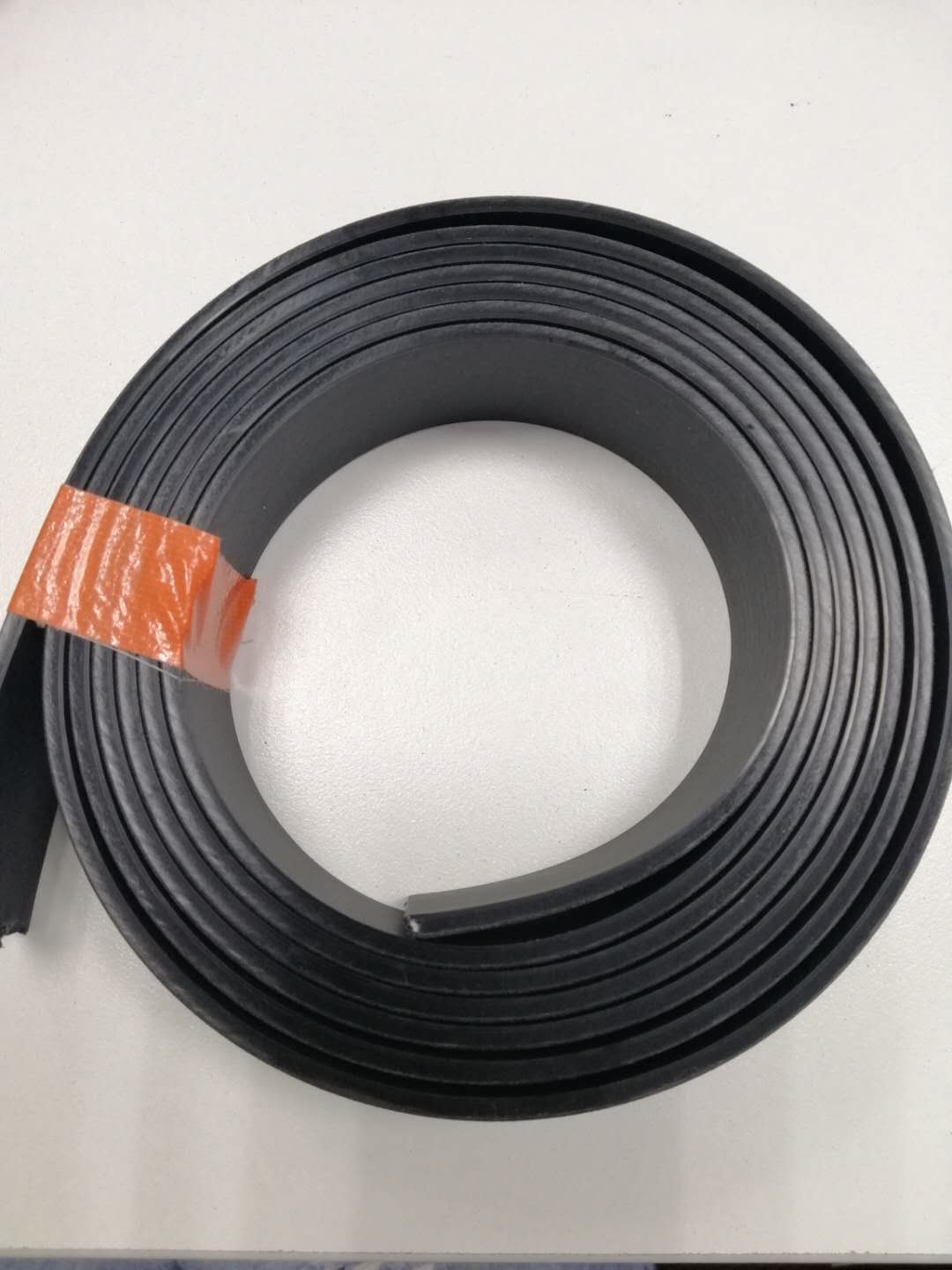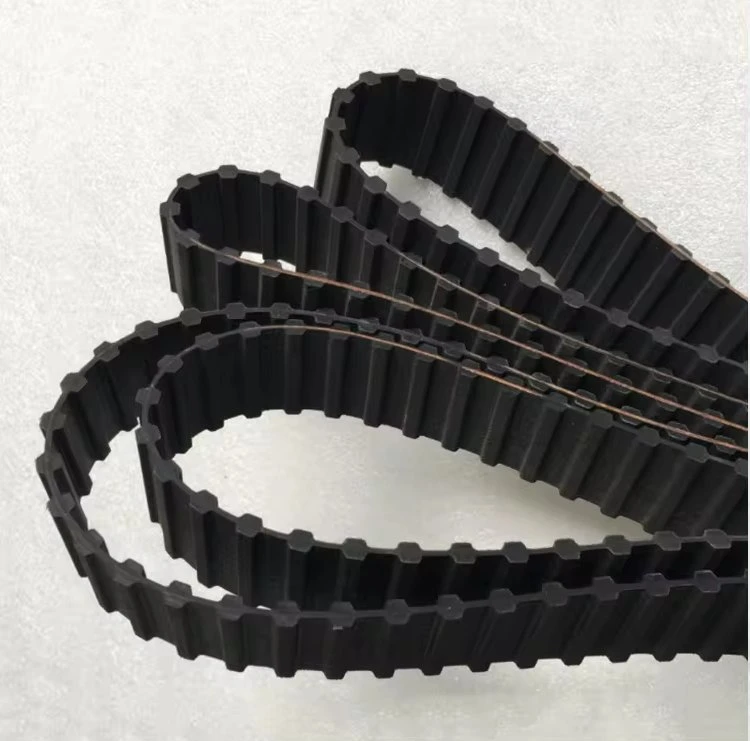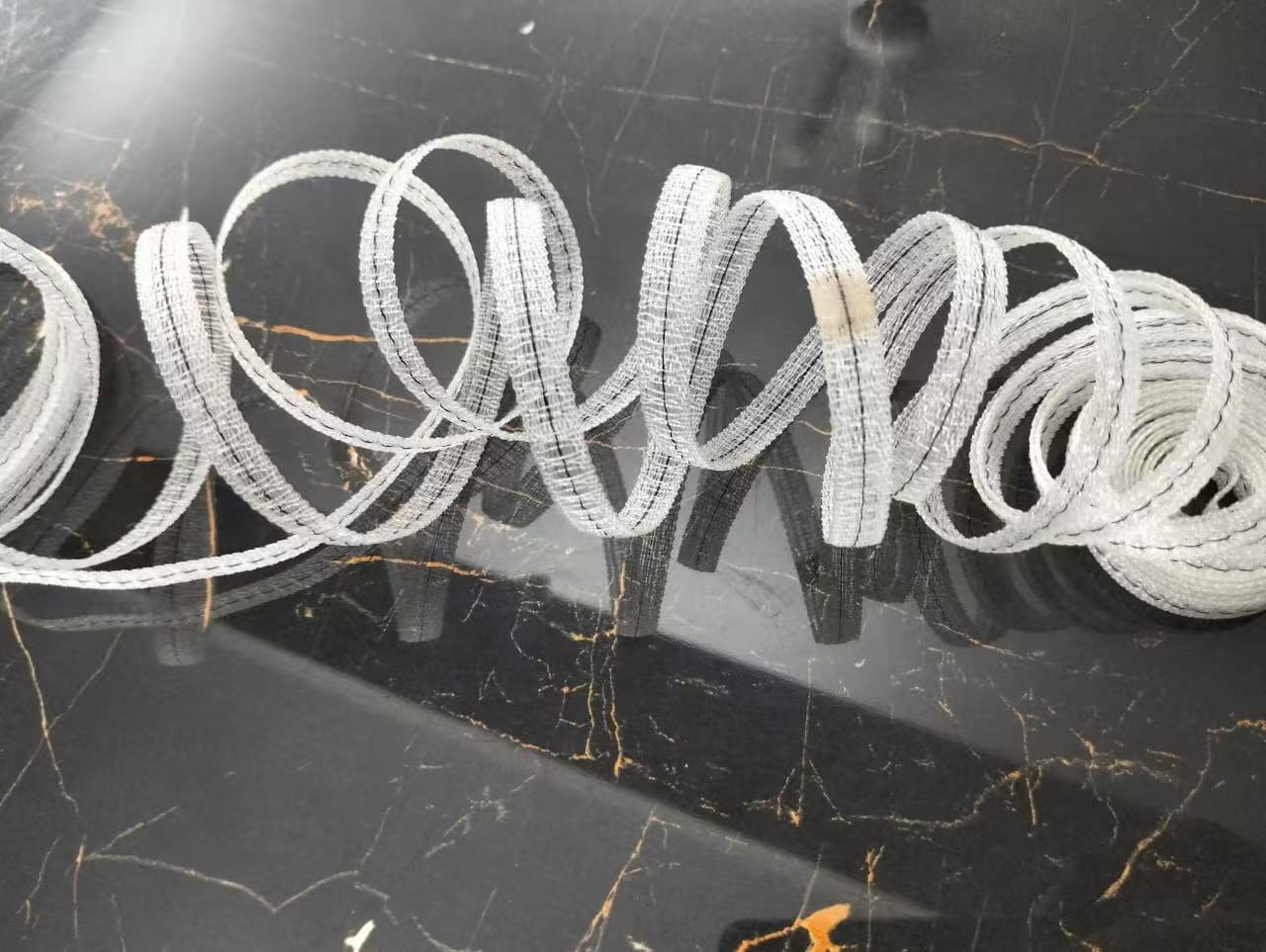What is the difference between light and heavy conveyor belts?
Updated: 2022-7-13
1、 Material
The light conveyor belt is generally made of PVC, PU, silica gel, Teflon, etc. The material itself is non-toxic and odorless, and can be in direct contact with the conveyor. In order to enhance some properties, a formula will be changed.
Heavy conveyor belt, mainly made of rubber, has a strong smell and is easy to produce toxic gas. It is suitable for transporting ore, sand, etc.
2、 Pattern
There are many kinds of patterns for light conveyor belt, including grass pattern, diamond pattern, zigzag pattern, cloth pattern, checkered pattern, etc. Different patterns are selected according to different conveying environment.
The heavy belt pattern is relatively small, mainly with herringbone pattern, grass pattern and plane pattern, which is suitable for harsh environment such as rock blasting.
3、 Thickness
There are many kinds of thickness of light conveyor belt, from the thinnest 0.1mm to the thickest 10mm. Select the appropriate conveyor belt according to the size of the conveyor drum.
The thickness of heavy conveyor belt is generally more than 7mm.
4、 Use environment
Light conveyor belt is suitable for indoor use and room temperature environment. According to the different conveying temperature, the formula can be changed to produce cold resistant conveyor belt or high temperature resistant conveyor belt.
The formula of heavy-duty rubber belt is stable, and it is generally used for outdoor transportation, and it can adapt to harsh environment.
5、 Applicable industries
Light conveyor belt is mainly used for material conveying systems in conventional industries such as food, beverage, medicine, chemical, printing, wood, textile, packaging, ceramic and stone, electronics, instrumentation, and tobacco.
Heavy conveyor belt is mainly used in mines, ports, power plants, cement plants, steel plants, granaries and other conveying systems with heavy materials and high strength requirements.
The light conveyor belt is generally made of PVC, PU, silica gel, Teflon, etc. The material itself is non-toxic and odorless, and can be in direct contact with the conveyor. In order to enhance some properties, a formula will be changed.
Heavy conveyor belt, mainly made of rubber, has a strong smell and is easy to produce toxic gas. It is suitable for transporting ore, sand, etc.
2、 Pattern
There are many kinds of patterns for light conveyor belt, including grass pattern, diamond pattern, zigzag pattern, cloth pattern, checkered pattern, etc. Different patterns are selected according to different conveying environment.
The heavy belt pattern is relatively small, mainly with herringbone pattern, grass pattern and plane pattern, which is suitable for harsh environment such as rock blasting.
3、 Thickness
There are many kinds of thickness of light conveyor belt, from the thinnest 0.1mm to the thickest 10mm. Select the appropriate conveyor belt according to the size of the conveyor drum.
The thickness of heavy conveyor belt is generally more than 7mm.
4、 Use environment
Light conveyor belt is suitable for indoor use and room temperature environment. According to the different conveying temperature, the formula can be changed to produce cold resistant conveyor belt or high temperature resistant conveyor belt.
The formula of heavy-duty rubber belt is stable, and it is generally used for outdoor transportation, and it can adapt to harsh environment.
5、 Applicable industries
Light conveyor belt is mainly used for material conveying systems in conventional industries such as food, beverage, medicine, chemical, printing, wood, textile, packaging, ceramic and stone, electronics, instrumentation, and tobacco.
Heavy conveyor belt is mainly used in mines, ports, power plants, cement plants, steel plants, granaries and other conveying systems with heavy materials and high strength requirements.




